Migration, Environment and Climate Change in Yemen – ReliefWeb

Report on the Nexus of Migration, Environment, and Climate Change in Yemen
Executive Summary: An Evidence-Based Analysis for Sustainable Development
A report by the International Organization for Migration (IOM) provides a critical analysis of the complex interlinkages between climate change, environmental degradation, and human mobility in Yemen. The study establishes an evidence-based foundation for policy interventions aimed at achieving the Sustainable Development Goals (SDGs) in a nation facing extreme water scarcity, climate vulnerability, and protracted conflict. The findings underscore the urgent need for integrated strategies that address environmental drivers of displacement to advance the 2030 Agenda.
Environmental Drivers of Displacement and a Setback for Climate Goals
The report identifies severe environmental pressures that directly undermine progress on key SDGs, including SDG 13 (Climate Action), SDG 6 (Clean Water and Sanitation), and SDG 15 (Life on Land). These factors are primary drivers of displacement and migration.
- Extreme Weather Events: Increased frequency and intensity of floods, cyclones, wildfires, and dust storms forcibly displace communities and destroy critical infrastructure.
- Slow-Onset Environmental Changes: Long-term challenges such as drought, rising temperatures, soil degradation, and sea-level rise systematically erode the viability of traditional livelihoods, particularly in agriculture and pastoralism.
Socio-Economic Impacts and Human Mobility Dynamics
The convergence of environmental degradation, conflict, and economic instability exacerbates vulnerabilities and fuels complex migration patterns, creating significant obstacles for SDG 1 (No Poverty), SDG 8 (Decent Work and Economic Growth), and SDG 10 (Reduced Inequalities).
- Livelihood Disruption: Environmental shocks and stresses are a primary cause of lost livelihoods, pushing households into poverty and food insecurity.
- Internal and Cross-Border Migration: The report documents how these pressures fuel large-scale internal displacement, placing immense strain on host communities and urban centers, thereby challenging SDG 11 (Sustainable Cities and Communities). Yemen also serves as a transit country for migrants heading toward neighboring states.
- Insufficient Adaptive Capacity: While communities demonstrate resilience through makeshift solutions and mutual support, these adaptive responses are insufficient to cope with the scale of the humanitarian crisis.
Identified Challenges and Imperatives for Policy Action
The report outlines critical challenges that must be addressed through targeted policy and programmatic action. These barriers directly impede the realization of a broad range of SDGs.
- Governance and Institutional Deficits: Gaps in governance and weak institutions, as highlighted in SDG 16 (Peace, Justice and Strong Institutions), prevent the formulation and implementation of effective climate adaptation and migration management policies.
- Acute Resource Scarcity: Competition over dwindling resources, particularly water, exacerbates social tensions and undermines fundamental goals related to human well-being.
- Pervasive Gender Disparities: The impacts of climate change and displacement disproportionately affect women and girls, creating significant barriers to achieving SDG 5 (Gender Equality).
- Deteriorating Health and Security: The breakdown of public services, including health and security, worsens living conditions for displaced and host populations, directly impacting SDG 3 (Good Health and Well-being).
Addressing these interconnected issues requires robust partnerships and integrated policy frameworks, as envisioned in SDG 17 (Partnerships for the Goals), to build resilience and foster sustainable solutions in Yemen.
1. Which SDGs are addressed or connected to the issues highlighted in the article?
The article on the Migration, Environment, and Climate Change (MECC) in Yemen touches upon several interconnected Sustainable Development Goals. The analysis reveals links to the following SDGs:
-
SDG 13: Climate Action
The report directly addresses this goal by exploring the “complex links between climate change, environmental degradation, and human mobility.” It explicitly mentions “climate-induced hazards,” “extreme weather events (floods, cyclones, wildfires, dust storms),” and “slow-onset environmental changes (drought, rising temperatures… and sea level rise).”
-
SDG 6: Clean Water and Sanitation
This goal is relevant due to the article’s emphasis on “water scarcity” in a country characterized by its “aridity.” This is a central environmental challenge driving the issues discussed.
-
SDG 15: Life on Land
The article connects to this goal by highlighting “soil degradation” and “wildfires” as key environmental problems exacerbated by climate change in Yemen.
-
SDG 16: Peace, Justice and Strong Institutions
This SDG is central to the article’s context. The problems are “exacerbated by conflict,” and the report identifies “governance gaps” and “deteriorating… security conditions” as key challenges. The conflict is also a primary driver of displacement.
-
SDG 10: Reduced Inequalities
The report’s focus on “human mobility,” “internal displacement,” and “migration through Yemen toward neighboring countries” directly relates to the goal of reducing inequalities, particularly concerning the rights and well-being of migrants and displaced persons.
-
SDG 8: Decent Work and Economic Growth
The article touches upon this goal by stating that environmental and climate factors “alter livelihoods” and are compounded by “economic instability,” which fuels migration.
-
SDG 5: Gender Equality
This goal is explicitly mentioned as the report identifies “gender disparities” as one of the key challenges, indicating that women and men are affected differently by the crisis.
-
SDG 3: Good Health and Well-being
The connection to this goal is made through the identification of “deteriorating health… conditions” as a key challenge resulting from the convergence of conflict, environmental degradation, and displacement.
2. What specific targets under those SDGs can be identified based on the article’s content?
Based on the issues discussed in the article, the following specific targets can be identified:
-
Target 13.1: Strengthen resilience and adaptive capacity to climate-related hazards and natural disasters in all countries.
The article highlights Yemen’s “vulnerability to climate-induced hazards” and mentions “extreme weather events (floods, cyclones, wildfires, dust storms).” It also notes that local “adaptive responses—such as makeshift repairs and community support—… remain insufficient,” pointing directly to the need to strengthen adaptive capacity.
-
Target 6.4: By 2030, substantially increase water-use efficiency across all sectors and ensure sustainable withdrawals and supply of freshwater to address water scarcity.
The explicit mention of “water scarcity” and the country’s “aridity” directly relates to the need for sustainable water management, which is the core of this target.
-
Target 15.3: By 2030, combat desertification, restore degraded land and soil, including land affected by desertification, drought and floods, and strive to achieve a land degradation-neutral world.
The article’s reference to “drought” and “soil degradation” as slow-onset environmental changes aligns perfectly with the objectives of this target.
-
Target 16.1: Significantly reduce all forms of violence and related death rates everywhere.
The report underscores that the environmental crisis is “exacerbated by conflict” and that “conflict, economic instability, and environmental degradation fuel internal displacement.” This target is relevant as reducing conflict is essential to addressing the humanitarian crisis.
-
Target 10.7: Facilitate orderly, safe, regular and responsible migration and mobility of people, including through the implementation of planned and well-managed migration policies.
The article’s entire focus on the “complex links between climate change, environmental degradation, and human mobility,” including “internal displacement and migration through Yemen,” makes this target highly relevant.
3. Are there any indicators mentioned or implied in the article that can be used to measure progress towards the identified targets?
The article does not mention official SDG indicators, but it implies several metrics that can be used to measure progress:
-
Number of people displaced or affected by disasters
The article states that extreme weather and slow-onset changes “drive displacement.” An implied indicator for Target 13.1 is the number of people displaced or killed by climate-induced hazards like floods, cyclones, and droughts.
-
Level of water stress
The mention of “water scarcity” implies this indicator for Target 6.4, which measures the pressure on renewable freshwater resources.
-
Proportion of land that is degraded
The reference to “soil degradation” as a key environmental change implies this indicator for Target 15.3, which tracks the health of the land.
-
Number of internally displaced persons
The article’s focus on how “conflict, economic instability, and environmental degradation fuel internal displacement” makes the number of internally displaced persons (IDPs) a critical implied indicator for both Target 16.1 (as a consequence of conflict) and Target 10.7 (related to human mobility).
-
Metrics on gender-based vulnerability
The identification of “gender disparities” as a key challenge implies the need for indicators that measure how women and men are differently impacted by displacement, loss of livelihood, and health deterioration, relevant to SDG 5.
4. Table of SDGs, Targets, and Indicators
| SDGs | Targets | Indicators (Implied from the article) |
|---|---|---|
| SDG 13: Climate Action | 13.1: Strengthen resilience and adaptive capacity to climate-related hazards and natural disasters. | Number of people displaced by extreme weather events (floods, cyclones, wildfires, dust storms). |
| SDG 6: Clean Water and Sanitation | 6.4: Increase water-use efficiency and ensure sustainable withdrawals to address water scarcity. | Level of water stress, indicated by the mention of “water scarcity” and “aridity.” |
| SDG 15: Life on Land | 15.3: Combat desertification, restore degraded land and soil. | Proportion of land affected by “soil degradation” and “drought.” |
| SDG 16: Peace, Justice and Strong Institutions | 16.1: Significantly reduce all forms of violence. | Number of internally displaced persons due to “conflict.” |
| SDG 10: Reduced Inequalities | 10.7: Facilitate orderly, safe, regular and responsible migration and mobility of people. | Volume of “internal displacement and migration through Yemen.” |
| SDG 8: Decent Work and Economic Growth | 8.5: Achieve full and productive employment and decent work for all. | Impact on livelihoods, indicated by the phrase “alter livelihoods.” |
| SDG 5: Gender Equality | 5.5: Ensure women’s full and effective participation and equal opportunities for leadership. | Existence of “gender disparities” in vulnerability and response. |
| SDG 3: Good Health and Well-being | 3.d: Strengthen capacity for early warning, risk reduction and management of health risks. | Status of “deteriorating health… conditions.” |
Source: reliefweb.int

What is Your Reaction?
 Like
0
Like
0
 Dislike
0
Dislike
0
 Love
0
Love
0
 Funny
0
Funny
0
 Angry
0
Angry
0
 Sad
0
Sad
0
 Wow
0
Wow
0









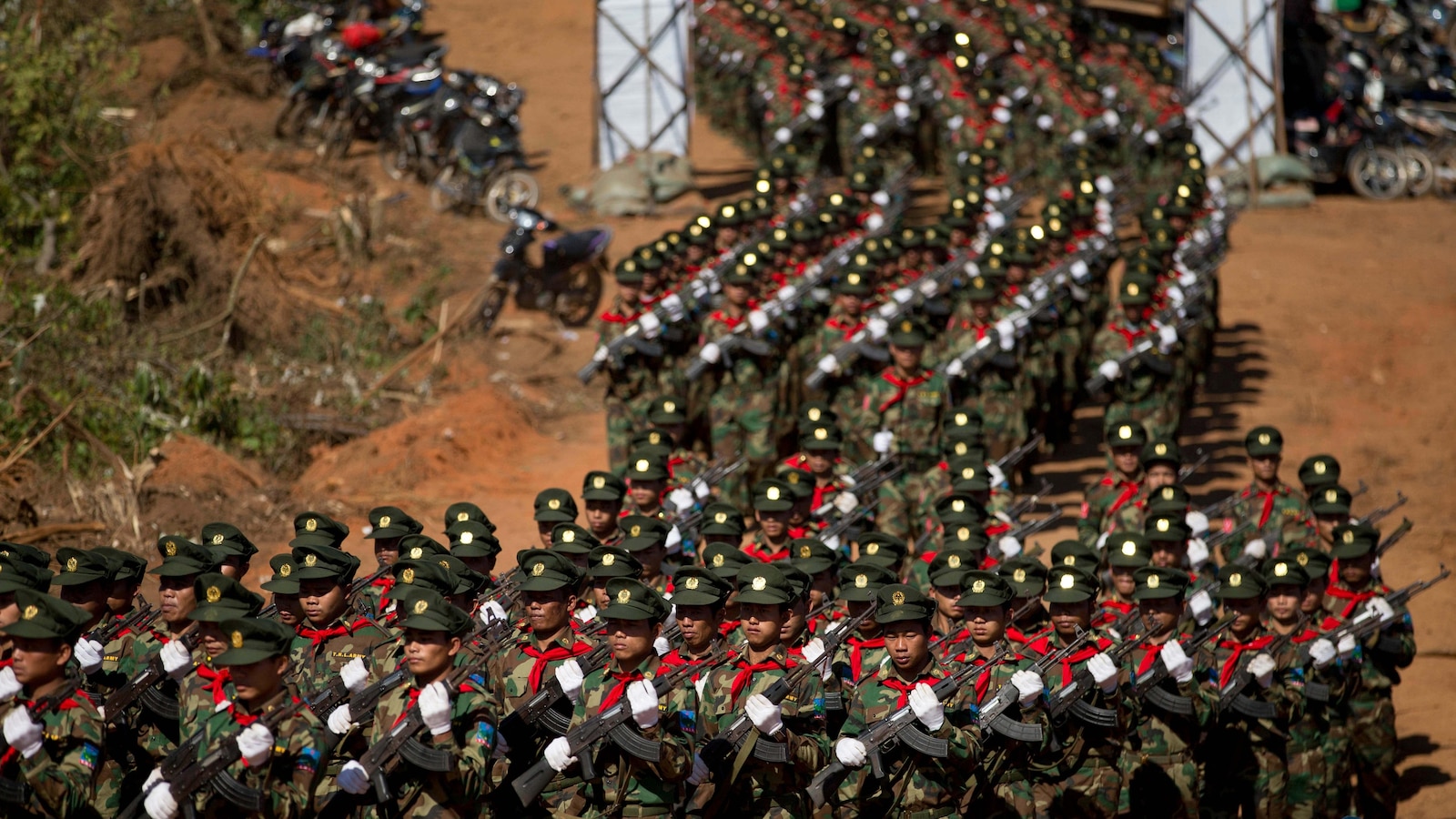














;Resize=805#)



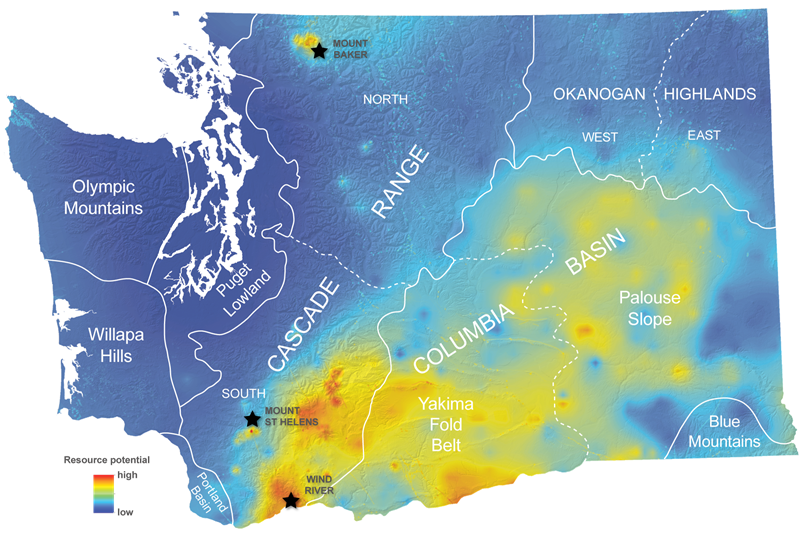





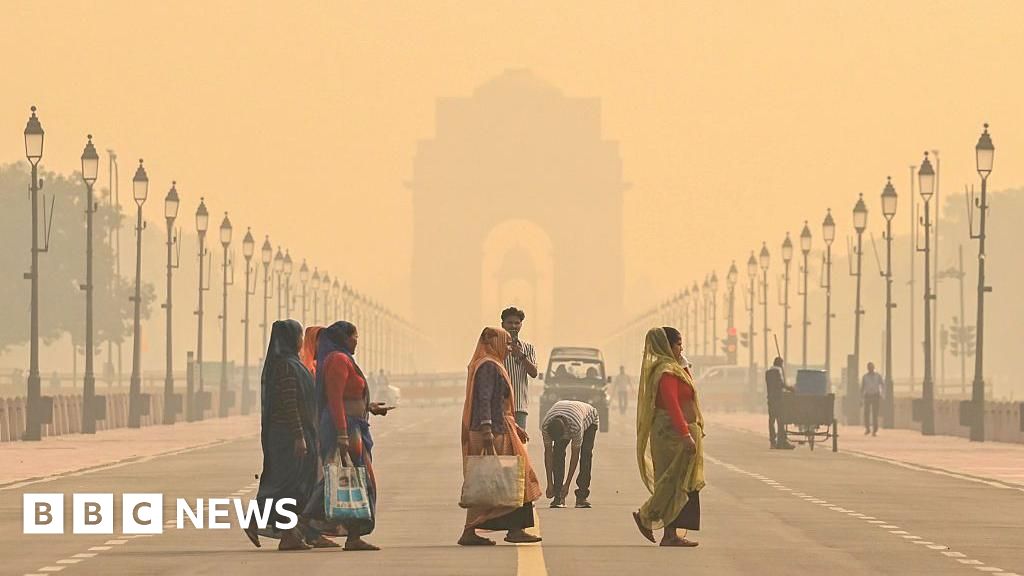














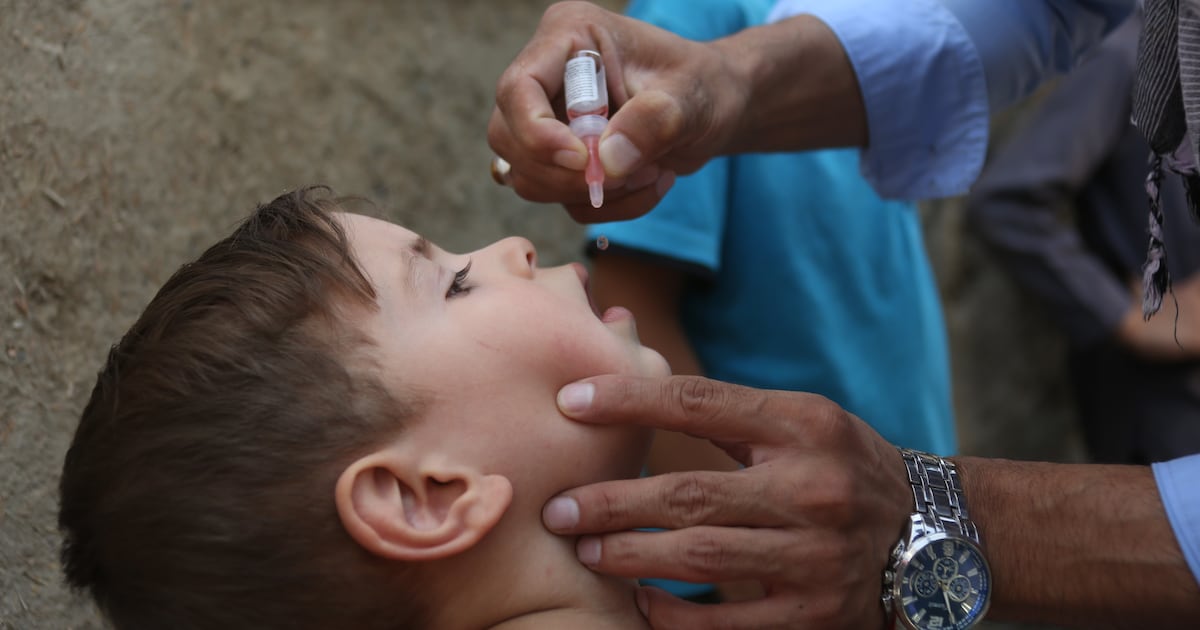








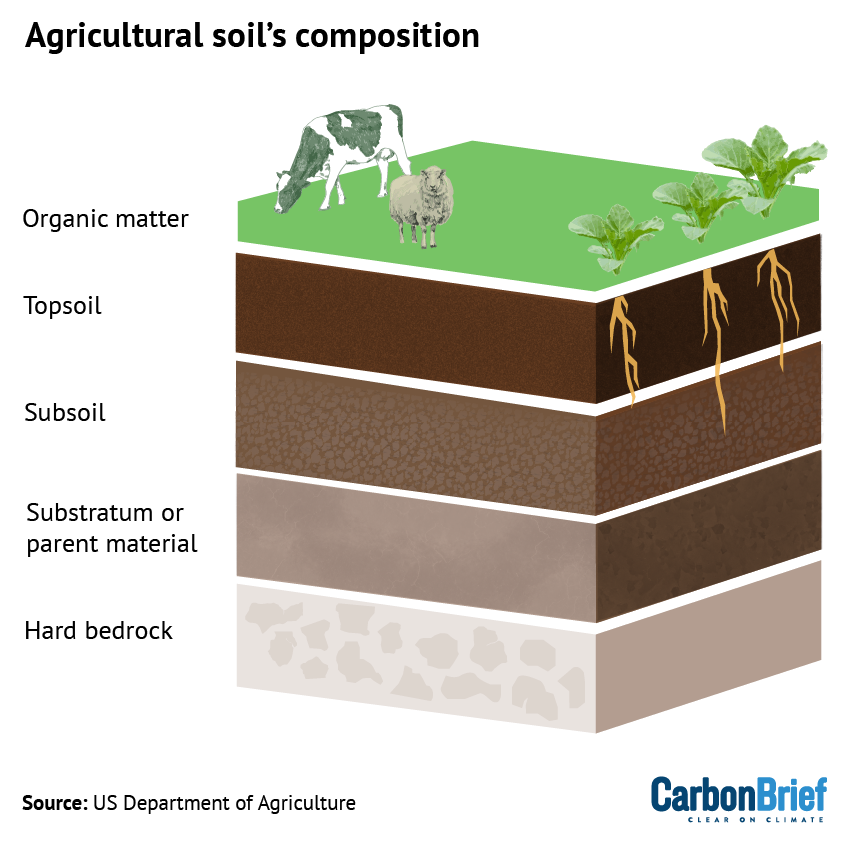






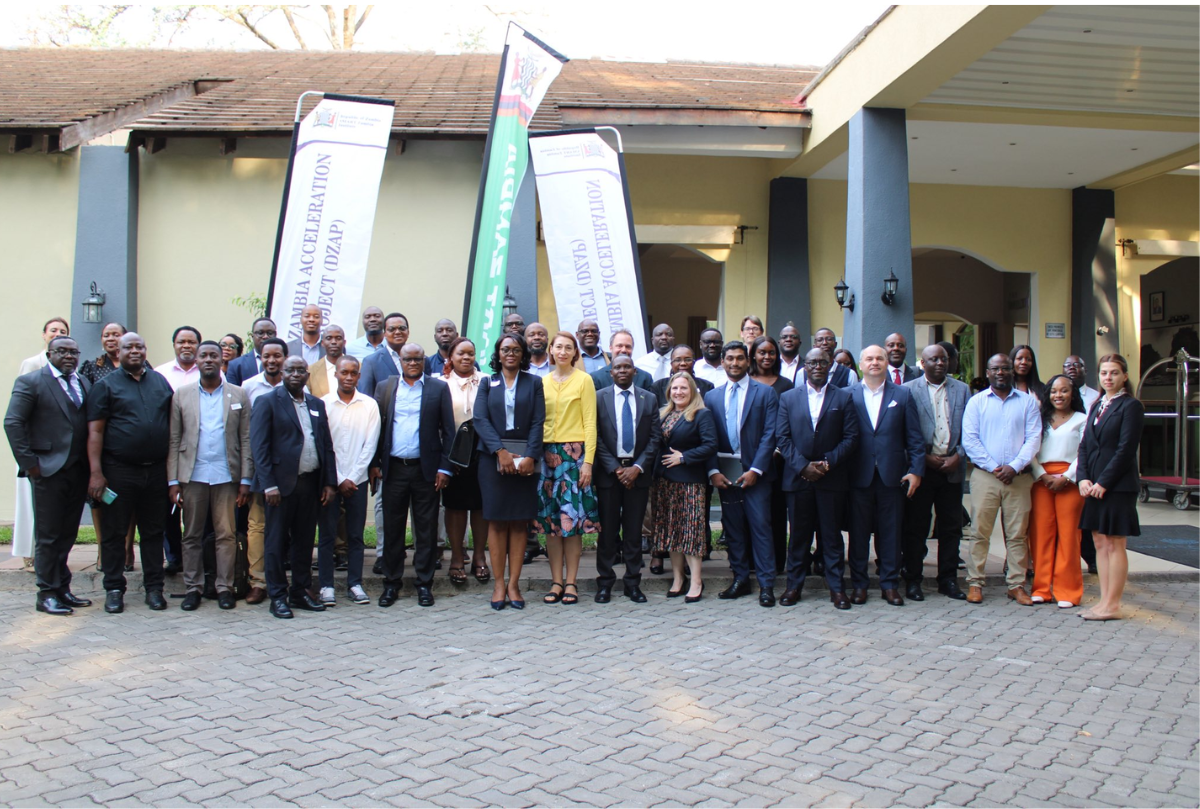





.png?sfvrsn=138ad5fb_3#)







